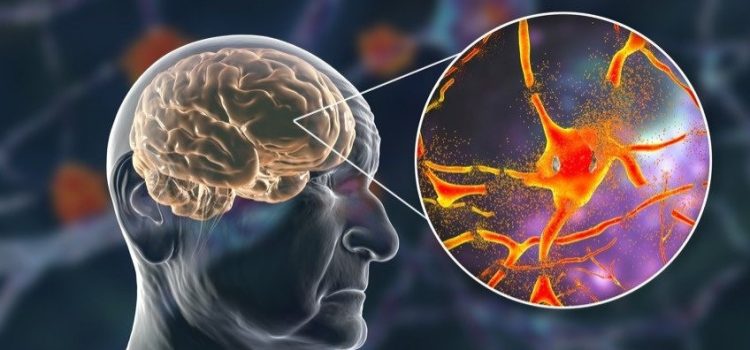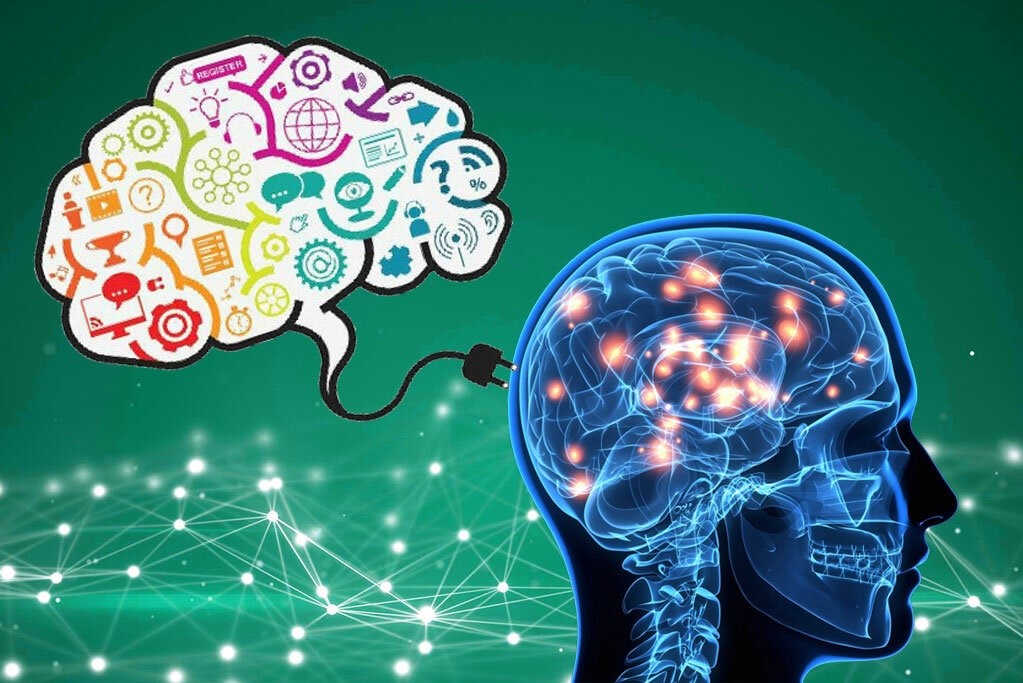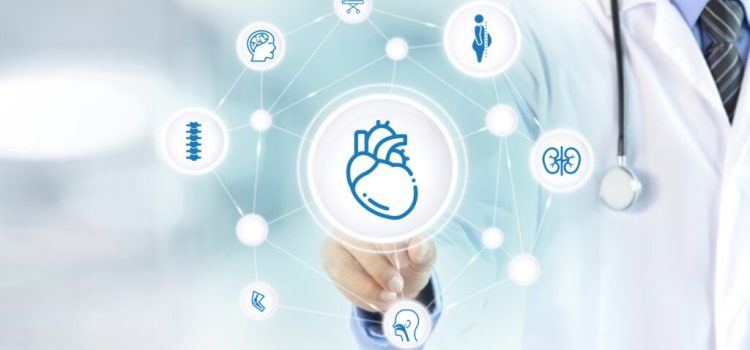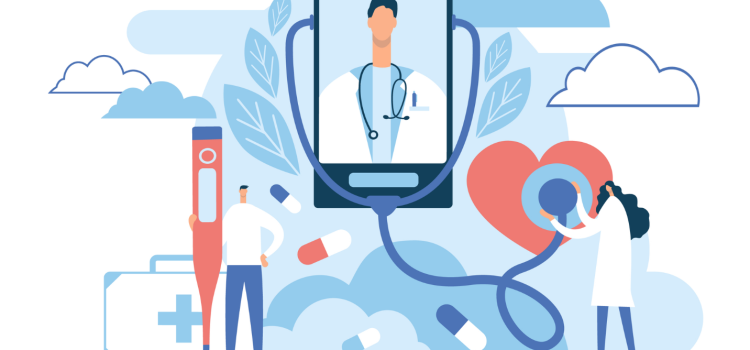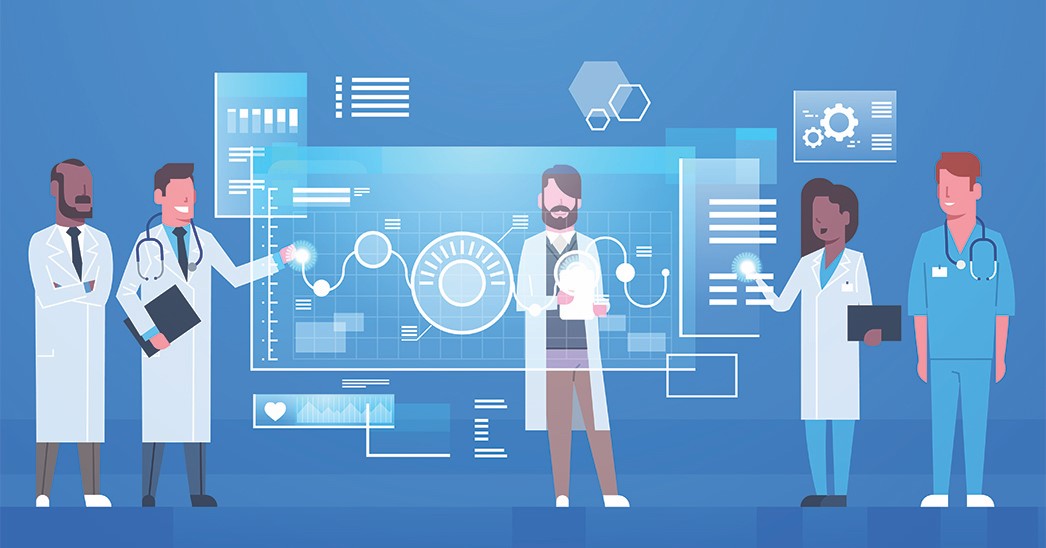
In recent years, the healthcare landscape has undergone a significant transformation, driven by technological advancements and a growing demand for accessible, efficient, and patient-centered care. By 2025, telehealth and virtual care have emerged as pivotal components of this evolution, reshaping how healthcare is delivered and experienced across the globe. This article explores the rise of telehealth, its impact on the healthcare industry, and the ways in which virtual care is revolutionizing patient engagement and outcomes.
The Evolution of Telehealth
Telehealth, defined as the use of digital information and communication technologies to access healthcare services remotely, has been around for several decades. However, its adoption was accelerated by the COVID-19 pandemic, which highlighted the need for safe and effective alternatives to in-person care. By 2025, telehealth has become an integral part of healthcare delivery, supported by advancements in technology and a shift in patient and provider attitudes.
Technological Advancements
The technological infrastructure supporting telehealth has seen remarkable progress. High-speed internet, widespread smartphone usage, and sophisticated telecommunication platforms have made virtual care more accessible than ever. Innovations such as artificial intelligence, machine learning, and wearable devices have further enhanced the capabilities of telehealth, enabling more accurate diagnoses and personalized treatment plans.
Regulatory Changes
Governments and healthcare organizations have recognized the potential of telehealth to improve healthcare access and reduce costs. As a result, regulatory frameworks have evolved to support its growth. In 2025, telehealth services are reimbursed more comprehensively by insurance providers, and cross-state licensing barriers have been minimized, allowing healthcare professionals to reach a broader patient base.
The Impact of Virtual Care on Healthcare Delivery
The integration of virtual care into healthcare systems has brought about numerous benefits, transforming the patient experience and optimizing healthcare delivery.
Increased Access to Care
One of the most significant advantages of telehealth is its ability to increase access to care, particularly for individuals in rural or underserved areas. Patients can now consult with specialists without the need for long-distance travel, reducing the burden of time and cost. This has been especially beneficial for those with chronic conditions who require regular monitoring and follow-up.
Enhanced Patient Engagement
Virtual care platforms have fostered greater patient engagement by providing tools for self-monitoring and management. Patients can track their health data through wearable devices and mobile apps, empowering them to take an active role in their healthcare. This increased engagement has been linked to improved adherence to treatment plans and better health outcomes.
Streamlined Healthcare Processes
Telehealth has streamlined healthcare processes by reducing wait times and optimizing resource allocation. Virtual consultations allow healthcare providers to manage their schedules more efficiently, leading to shorter wait times for patients. Additionally, remote monitoring and data sharing facilitate timely interventions, preventing complications and unnecessary hospitalizations.
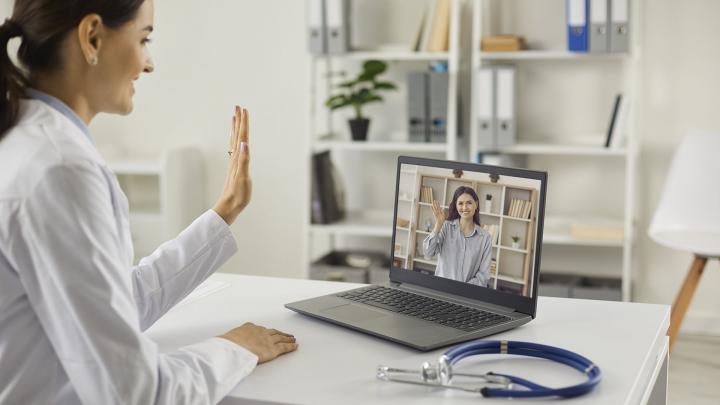
Challenges and Considerations
While the rise of telehealth and virtual care offers numerous benefits, it also presents challenges that need to be addressed to ensure equitable and effective healthcare delivery.
Digital Divide
Despite advancements in technology, a digital divide persists, with some populations lacking access to reliable internet or digital devices. Efforts must be made to bridge this gap to ensure that telehealth services are accessible to all, regardless of socioeconomic status or geographic location.
Data Security and Privacy
The increased use of digital platforms for healthcare delivery raises concerns about data security and patient privacy. Healthcare providers and technology companies must prioritize robust security measures to protect sensitive patient information and maintain trust in virtual care services.
Integration with Traditional Care
While telehealth offers many advantages, it is not a replacement for all aspects of traditional healthcare. It is essential to strike a balance between virtual and in-person care, ensuring that patients receive comprehensive and personalized treatment. Hybrid models that combine telehealth with face-to-face consultations may offer the best of both worlds.
The Future of Telehealth and Virtual Care
As we look to the future, the potential for telehealth and virtual care to revolutionize healthcare is immense. Emerging technologies such as virtual reality, augmented reality, and blockchain are poised to further enhance the capabilities of virtual care, offering new possibilities for diagnosis, treatment, and patient engagement.
Personalized Medicine
The integration of telehealth with personalized medicine is expected to advance significantly by 2025. By leveraging data from genetic testing, wearable devices, and electronic health records, healthcare providers can deliver tailored treatment plans that address the unique needs of each patient. This approach has the potential to improve outcomes and reduce healthcare costs by minimizing trial-and-error treatments.
Global Collaboration
Telehealth has the potential to facilitate global collaboration among healthcare professionals, enabling the sharing of knowledge and expertise across borders. This can lead to improved clinical practices, accelerated research, and the development of innovative treatments. Virtual care platforms can also support medical education and training, providing opportunities for continuous learning and skill development.
Patient-Centered Care
The rise of telehealth aligns with the growing emphasis on patient-centered care, where the focus is on meeting the individual needs and preferences of patients. Virtual care empowers patients to participate actively in their healthcare journey, fostering a collaborative relationship between patients and providers. This shift towards patient-centered care is expected to improve patient satisfaction and health outcomes.
Conclusion
By 2025, telehealth and virtual care have become integral components of the healthcare ecosystem, transforming how care is delivered and experienced. The rise of telehealth has increased access to care, enhanced patient engagement, and streamlined healthcare processes, offering numerous benefits to patients and providers alike. However, challenges such as the digital divide and data security must be addressed to ensure equitable and effective healthcare delivery.
As technology continues to advance, the potential for telehealth to revolutionize healthcare is immense. By embracing innovation and fostering collaboration, the healthcare industry can harness the power of virtual care to improve patient outcomes and create a more accessible, efficient, and patient-centered healthcare system. The journey towards this future is ongoing, and the opportunities for innovation and improvement are boundless.













